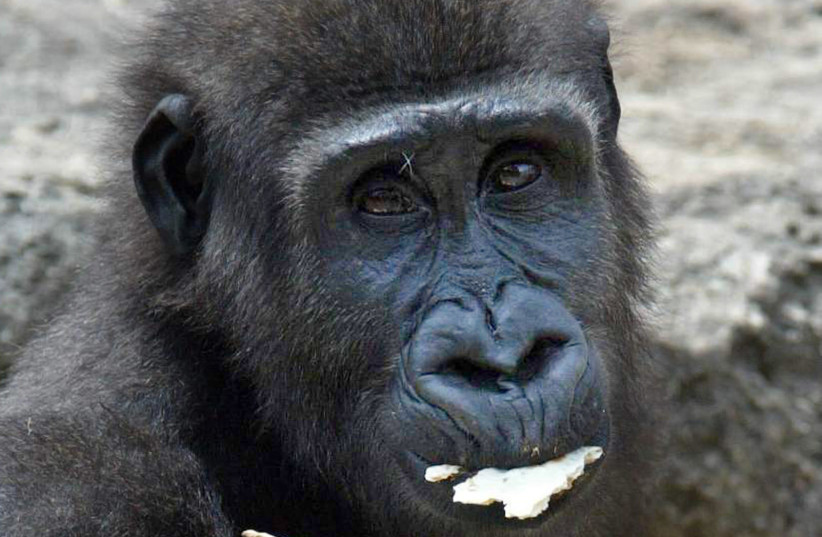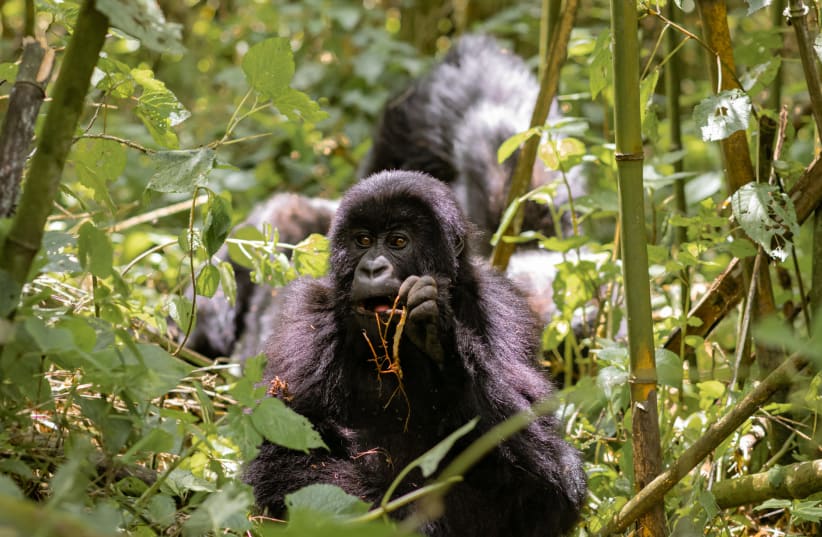New research suggests gorillas are one of the few animal species that use human-like vocal signals to draw attention. Apes and humans have a shared evolutionary history, but language is typically considered a quality unique to the latter. A recent experiment has put this belief to the test.
The findings, published earlier this month in a study in the peer-reviewed journal Public Library of Science (PLOS) One, studied eight Atlanta Zoo gorillas. The 26-day experiment found that primates may at least be limited or moderate vocal learners.
What does a gorilla scream usually sound like?
According to the researchers, the apes vocalized most often during the human-food condition, with the most frequently used vocal signal being a sound somewhere between a sneeze and a cough, a previously undescribed sound. Researchers named this sound a “snough,” which sounds like "cough." They noted that the sound is significantly different from previously reported feeding noises.

To establish the "snough," which, according to the study, only female gorillas produce, animals were recorded on a Panasonic HC-VX870 4K Ultra HD Camcorder and/or a Canon Powershot G12 with a built-in microphone in indoor cages either in isolation or in pairs, and mothers always in the company of dependent infants.
At all times subjects were able to see, smell, and communicate vocally with group members and other gorillas occupying the same indoor enclosure (even though they were in separate chambers during the experiment).
The recorded gestures were categorized as either auditory (handclapping, chest-beating, or enclosure-banging) or non-auditory (tool-use, attempting to touch oneself or another gorilla, or reaching fingers through the mesh toward the food and/or keeper).
What did the researchers learn about gorillas' screams?
Researchers found that gorillas at Zoo Atlanta produced human attention-getting vocalizations and gestures significantly more often when humans and food were present together than when either stimulus was presented alone.
Western gorillas (the species found in US and Canadian zoos) at the zoo were reported to use a variety of signals to attract human attention, including vocalization and auditory/non-auditory gestures, with soft vocalizations of low frequency, banging or hand clapping, and shaking/waving a body part being some of the most common signals used.
The novel call sound, the snough, has not previously been described in the repertoire of wild gorillas, indicating that it is used specifically to attract the attention of humans, suggesting that gorillas, as other apes, are able to produce novel sounds when encountering novel situations.
